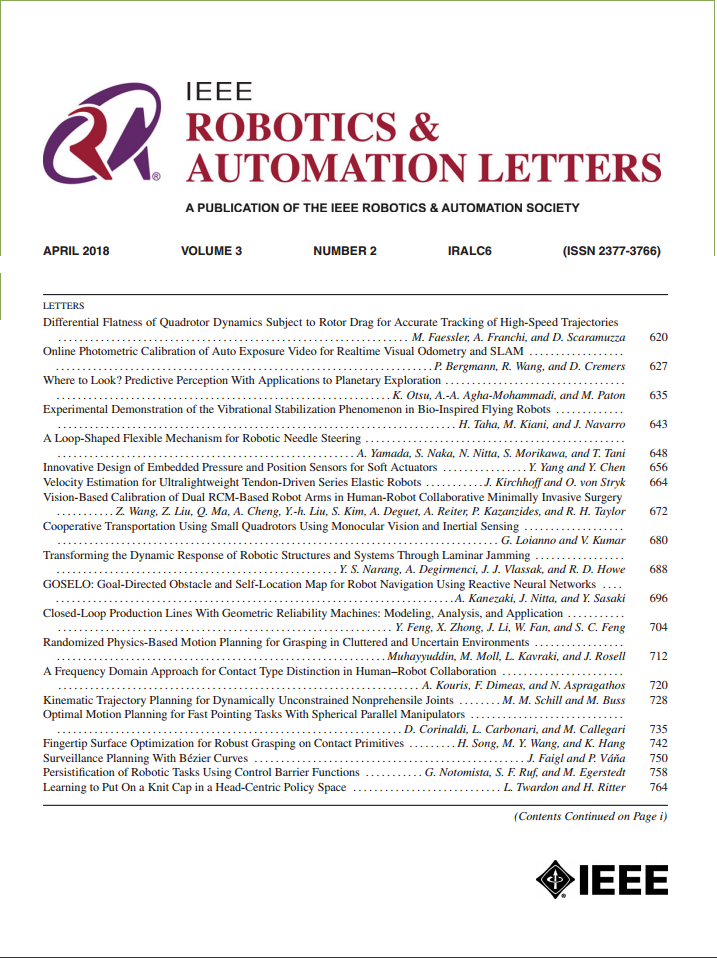How to Relieve Distribution Shifts in Semantic Segmentation for Off-Road Environments
IF 4.6
2区 计算机科学
Q2 ROBOTICS
引用次数: 0
Abstract
Semantic segmentation is crucial for autonomous navigation in off-road environments, enabling precise classification of surroundings to identify traversable regions. However, distinctive factors inherent to off-road conditions, such as source-target domain discrepancies and sensor corruption from rough terrain, can result in distribution shifts that alter the data differently from the trained conditions. This often leads to inaccurate semantic label predictions and subsequent failures in navigation tasks. To address this, we propose ST-Seg, a novel framework that expands the source distribution through style expansion (SE) and texture regularization (TR). Unlike prior methods that implicitly apply generalization within a fixed source distribution, ST-Seg offers an intuitive approach for distribution shift. Specifically, SE broadens domain coverage by generating diverse realistic styles, augmenting the limited style information of the source domain. TR stabilizes local texture representation affected by style-augmented learning through a deep texture manifold. Experiments across various distribution-shifted target domains demonstrate the effectiveness of ST-Seg, with substantial improvements over existing methods. These results highlight the robustness of ST-Seg, enhancing the real-world applicability of semantic segmentation for off-road navigation.求助全文
约1分钟内获得全文
求助全文
来源期刊

IEEE Robotics and Automation Letters
Computer Science-Computer Science Applications
CiteScore
9.60
自引率
15.40%
发文量
1428
期刊介绍:
The scope of this journal is to publish peer-reviewed articles that provide a timely and concise account of innovative research ideas and application results, reporting significant theoretical findings and application case studies in areas of robotics and automation.
 求助内容:
求助内容: 应助结果提醒方式:
应助结果提醒方式:


